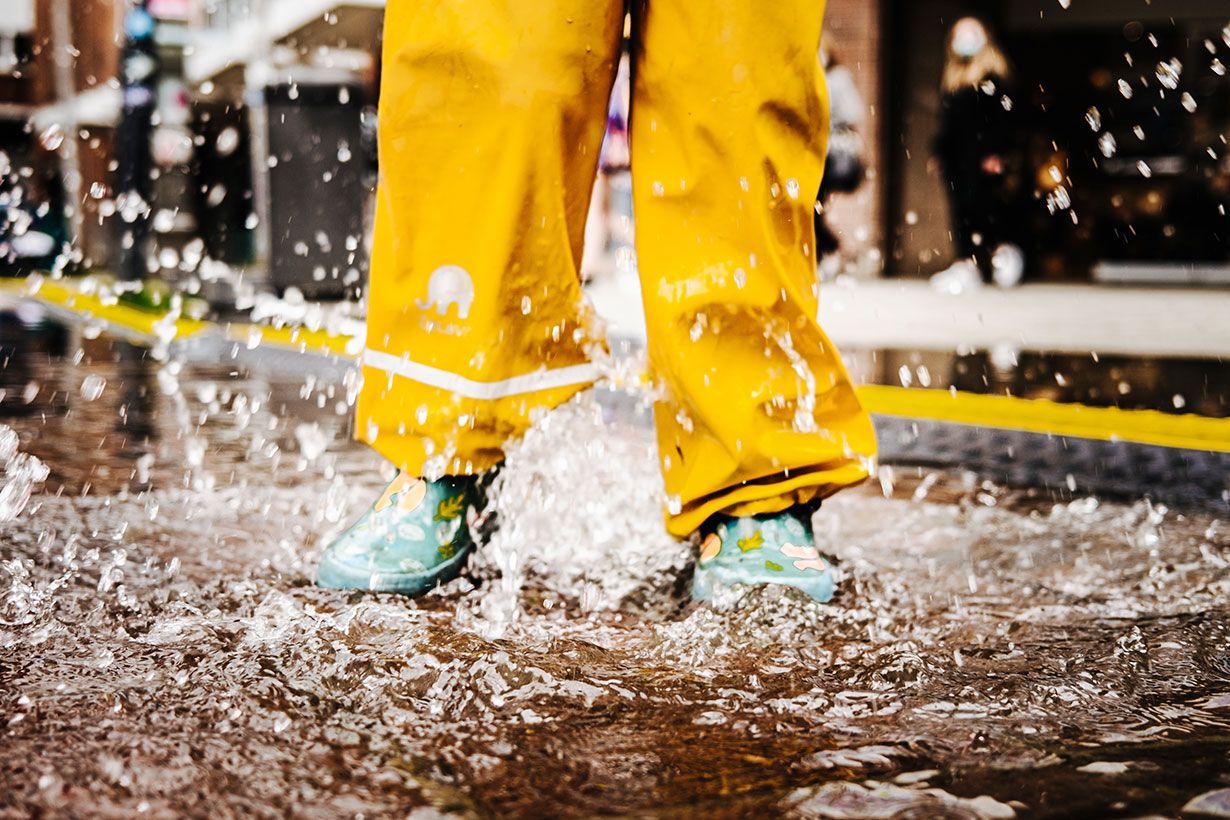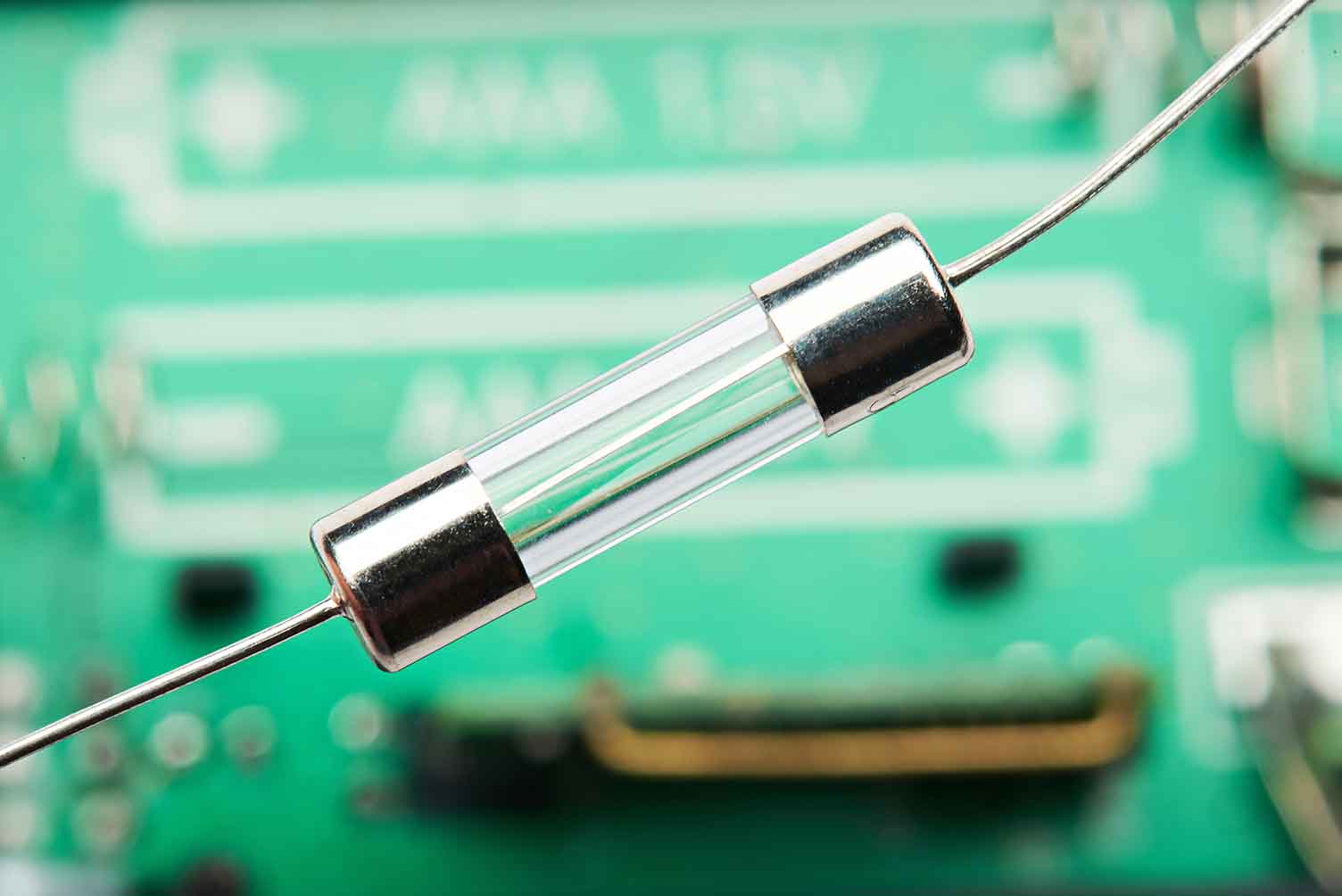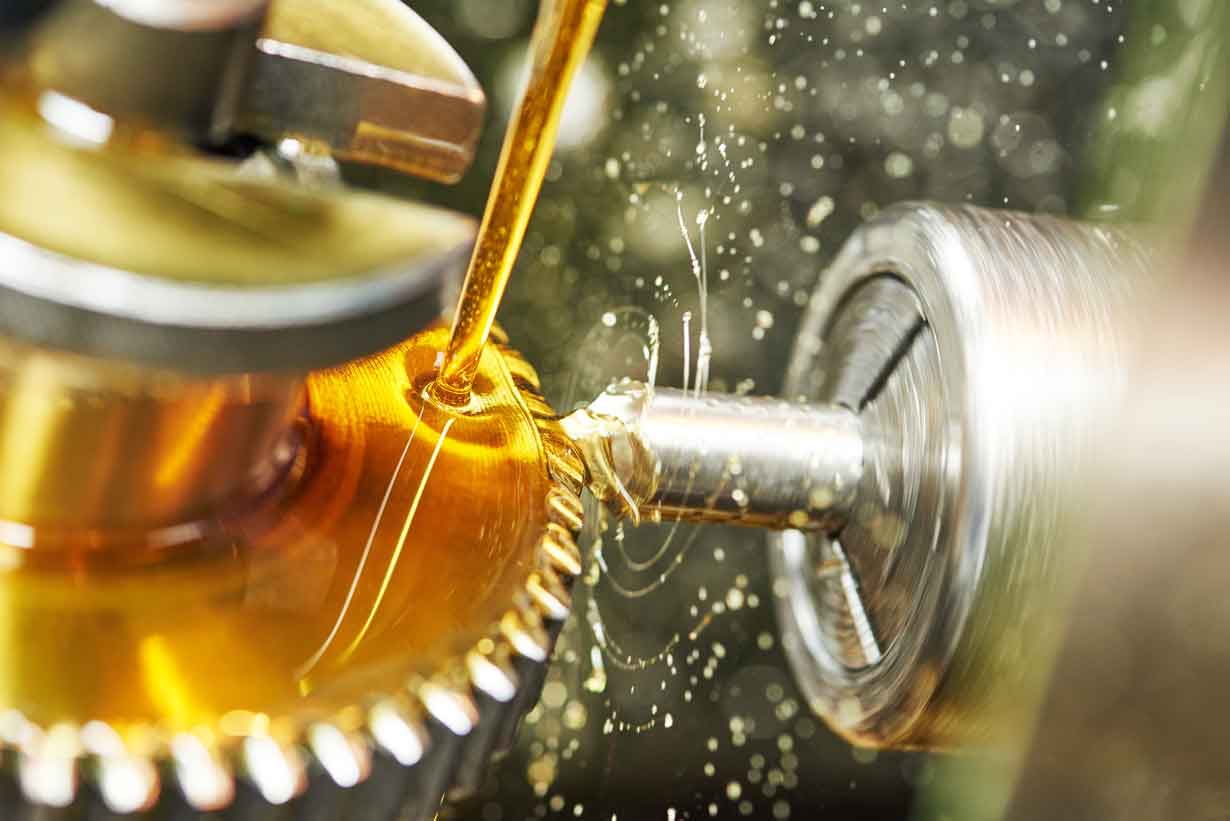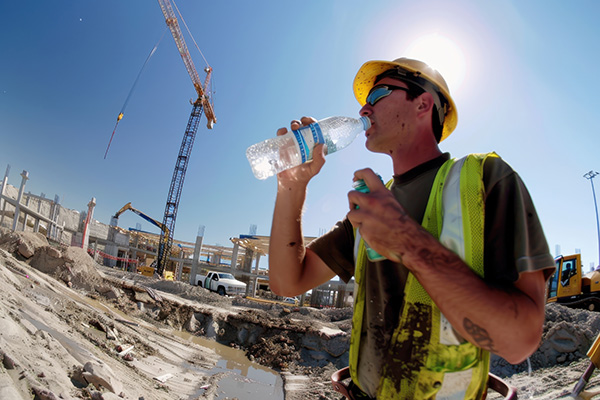

Why More Workers Are Wearing Cooling Vests in the Heat
By Grainger Editorial Staff 9/16/25
With rising temperatures, cooling gear is essential for worker safety. This guide breaks down evaporative, PCM, and compressed-air cooling vests — how they work, where they’re best used and how to choose the right solution to help teams beat the heat on the job.
It was another one for the books. The year 2024 was the warmest in recorded history, breaking the record set in 2023. That means yet another summer of hotter heatwaves and extreme heat in places that just aren’t used to it.
And more heat means more workers facing the dangers of heat illness. It’s never been more important to stay hydrated and be physically prepared for what the summer has in store.
During the intense heat of the past few summers, an additional method for coping with hot temperatures at work has been gaining ground. Cooling vests are becoming more popular, not just in construction and landscaping work, but in warehouses, fast food and other industries.
There are three main varieties of cooling vests – evaporative, PCM and compressed air. Learn more about the differences among each, how they work and where they might be best used.
How Evaporative Cooling Vests Work
When water turns into vapor, it takes some heat from the surrounding environment. Evaporative cooling vests take advantage of this natural cooling process. The vest fabric stores water and then releases it as vapor, helping to cool the person wearing it.
Many evaporative cooling vests are made from specialized synthetic fabrics designed to absorb large amounts of water rapidly and then release the vapor slowly, creating a long-lasting cooling effect.
Typically, vests are activated by soaking, but some models are supplied with water from an internal reservoir that the wearer fills.
If you haven't used one before, you might assume that evaporative cooling vests feel wet when you wear them. Some might, but many designs include waterproof liners to help keep people dry and comfortable. Meanwhile, internal-reservoir models are designed to be completely dry for wearers.
The length of time that the cooling lasts depends on air temperature and humidity level as well as on the amount and type of water-absorbing material in the vest. Some models can last four hours between activations, while others can last a full day or longer.
To get the most out of one of these vests, keep in mind these two key principles:
- Evaporative cooling vests need airflow to work, so they’re best worn as an outer layer.
- Because they rely on evaporation, they’re less effective when the humidity is high.
How PCM Cooling Vests Work
PCM cooling vests keep you cool using insert packs of a phase-change material, or PCM. A phase-change material is a substance that absorbs a lot of heat as it melts.
The PCMs used in cooling vests are chosen because they have melting points that make them comfortable for cooling near the skin, and because they melt relatively slowly, giving them a constant, more comfortable cooling effect over a longer period of time.
Because different manufacturers use different PCMs in different configurations, cooling temperature and effective time can vary from model to model. Generally, inserts produce temperatures around 60 degrees F and last two to four hours. Because PCM packs work on the same principle as ice packs, PCM vests are sometimes called ice vests, even though they don't use ice made from water.
PCM vest inserts can be activated in ice water, coolers, refrigerators or freezers. The charging time depends on the coldness of the environment and the dimensions and chemical composition of the PCM packs. Typically, packs can be prepared for use within 45 minutes.
Here are two principles to keep in mind to get the most out of a PCM cooling vest:
- These don’t require airflow, so they can be effective even when worn beneath hazmat suits, other PPE or additional layers of clothing.
- When the PCM packs are activated, they provide a consistent cooling temperature regardless of the environmental heat or humidity, though they’ll run out of cooling power more quickly when conditions are hotter.
And here are two basic strategies for keeping cool at work with a PCM vest:
- For people who want to wear a PCM cooling vest throughout the workday, it’s a good idea to have another set of chilled inserts on hand, ready to swap out when the cooling power of the set in the vest runs out. When the inserts are no longer cool, the vest may feel heavy and uncomfortable.
- Alternately, you can wait to wear the vest only during breaks between bouts of intense work. A study published in the Journal of Thermal Biology found that this method greatly reduced strain compared to rest breaks without cooling.
How Compressed-Air Cooling Vests Work
Air-cooled vests offer a specialized solution to the problem of heat stress in hot, enclosed environments where compressed air is readily available. Foundries, welding shops, steel mills and paint baking facilities are examples of the kinds of facilities where these vests can be effective.
An air-cooled vest connects to a compressed air source. The room-temperature compressed air enters a vortex tube, which sets the air spinning in a way that separates it into a hot stream and a cold stream. Air from the hot stream exits through an exhaust valve, while the air from the cold stream cools the person wearing the vest.
Cooling Gear Beyond the Vest
Whatever kind of vest you choose, the cooling doesn’t need to stop there. Evaporative cooling bandanas, headwear and arm sleeves can help you work more comfortably, especially in hot, dry weather.
Typically, this gear is made from highly absorbent, moisture-wicking material. Before wearing, you soak the piece for a minute or two and then wring out or spin it to get rid of excess water. The cooling effect can last for several hours, depending on the weather.
If you’re skeptical of how much a damp bandana can do, there’s scientific evidence to back up the effectiveness of this kind of equipment. For example, a study published in Workplace Health & Safety found that evaporative cooling bandanas helped prevent heat illness among agricultural workers even more effectively than cooling vests.
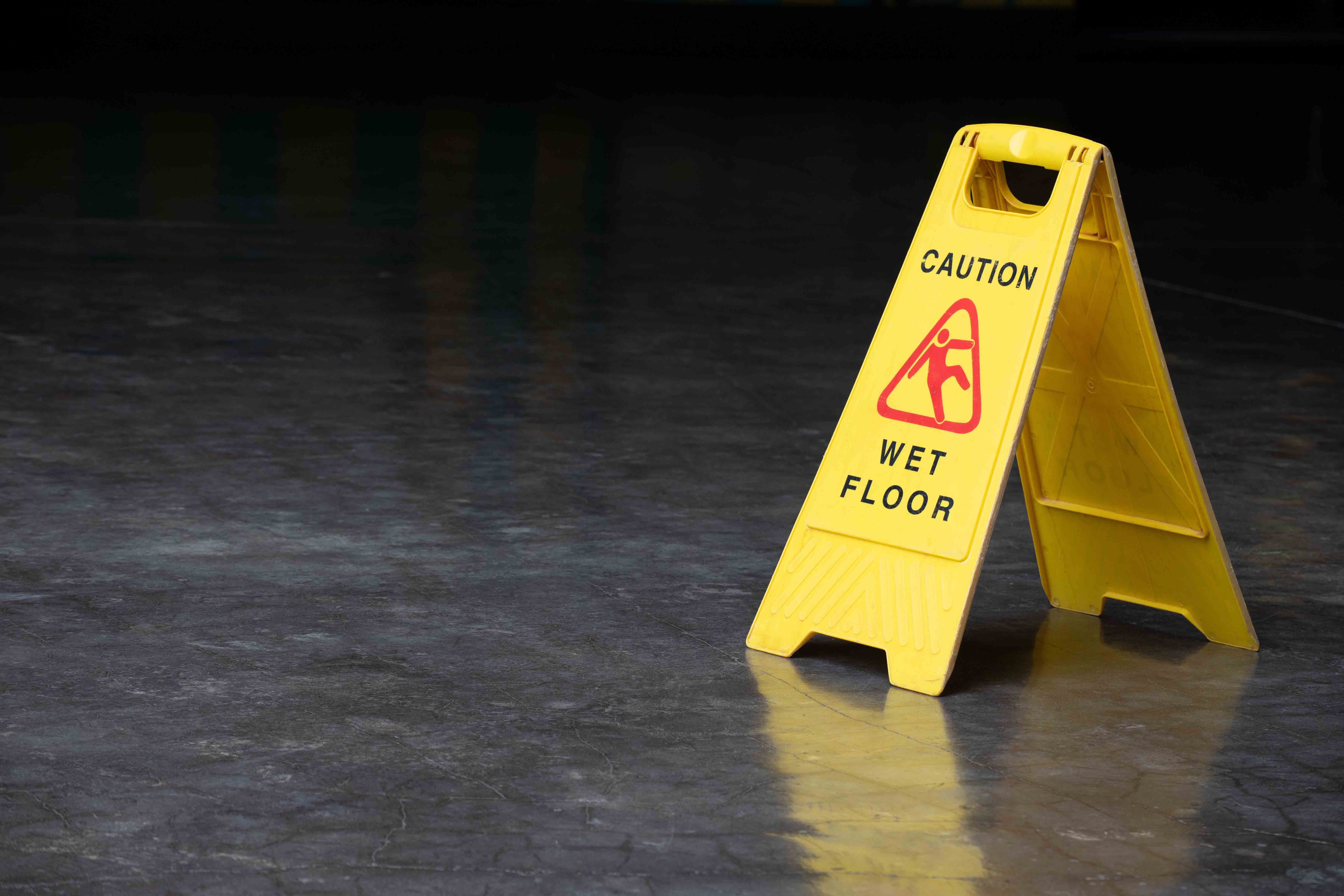
Safety Management
6 Tips to Help Prevent Slips, Trips and Falls
Identify the fall hazards in your workplace and implement a fall safety program. Check out these tips from Grainger so you can mitigate risk.
![]() Our Latest KnowHow
Our Latest KnowHow
The information contained in this article is intended for general information purposes only and is based on information available as of the initial date of publication. No representation is made that the information or references are complete or remain current. This article is not a substitute for review of current applicable government regulations, industry standards, or other standards specific to your business and/or activities and should not be construed as legal advice or opinion. Readers with specific questions should refer to the applicable standards or consult with an attorney.


